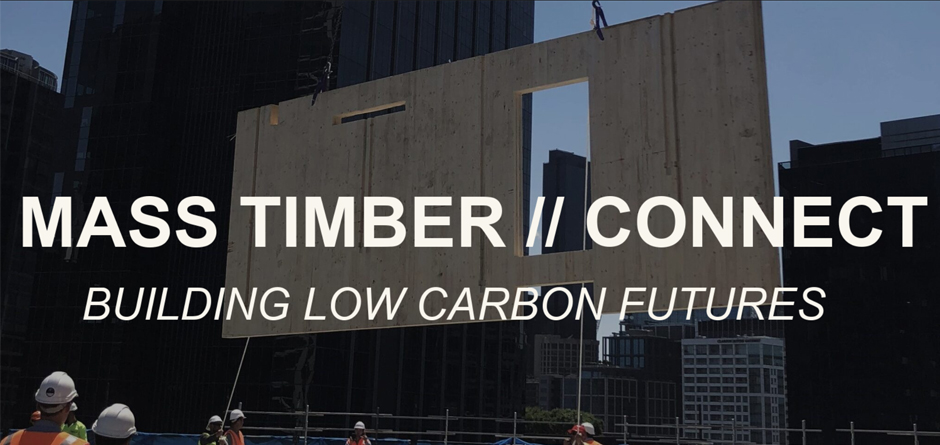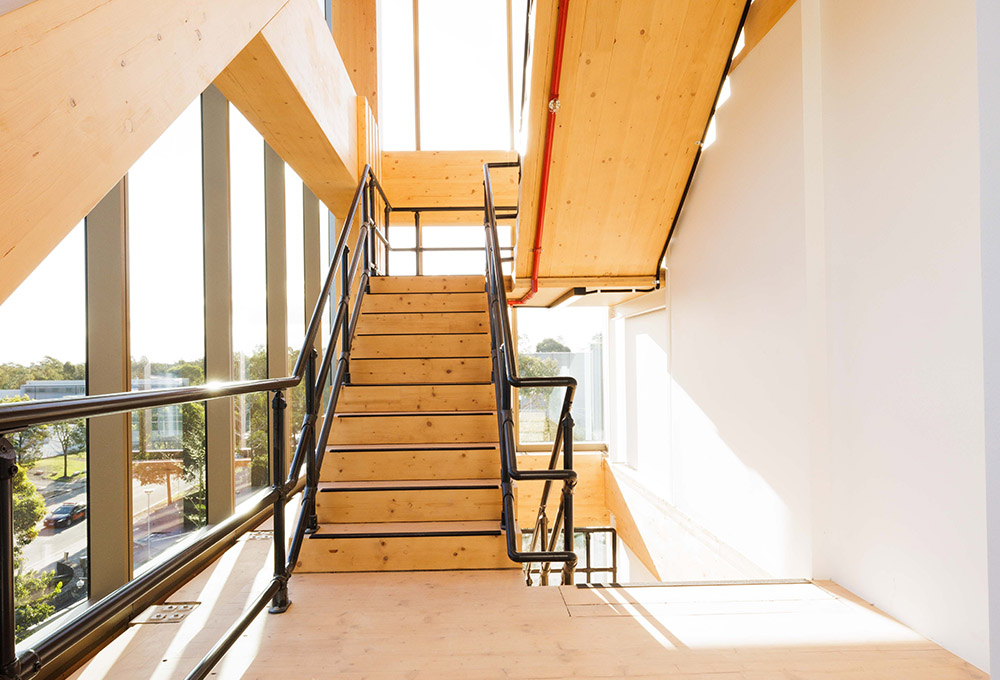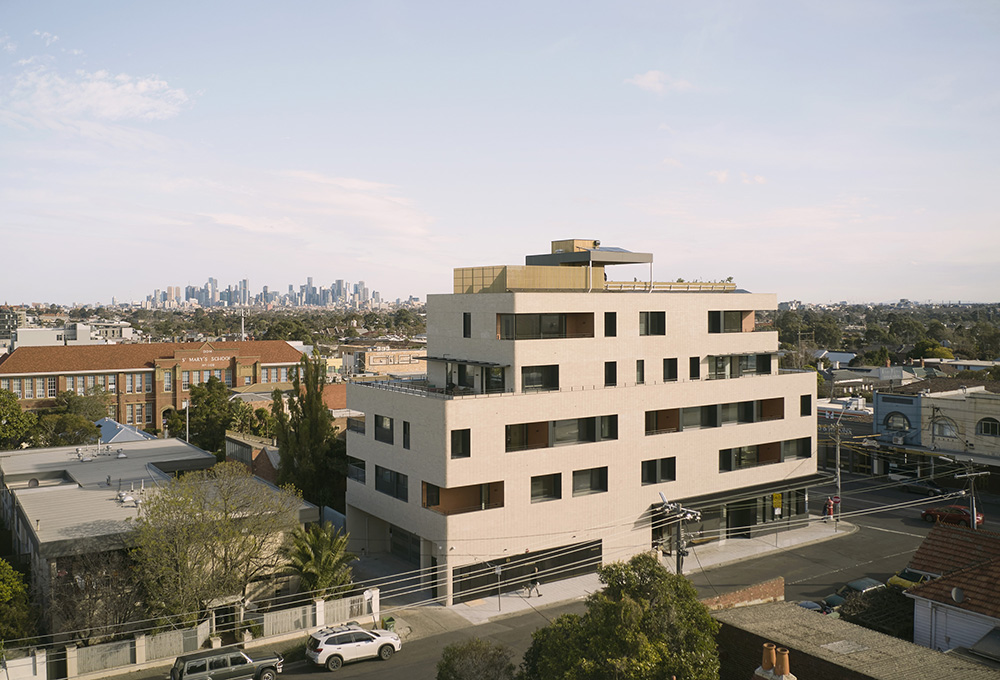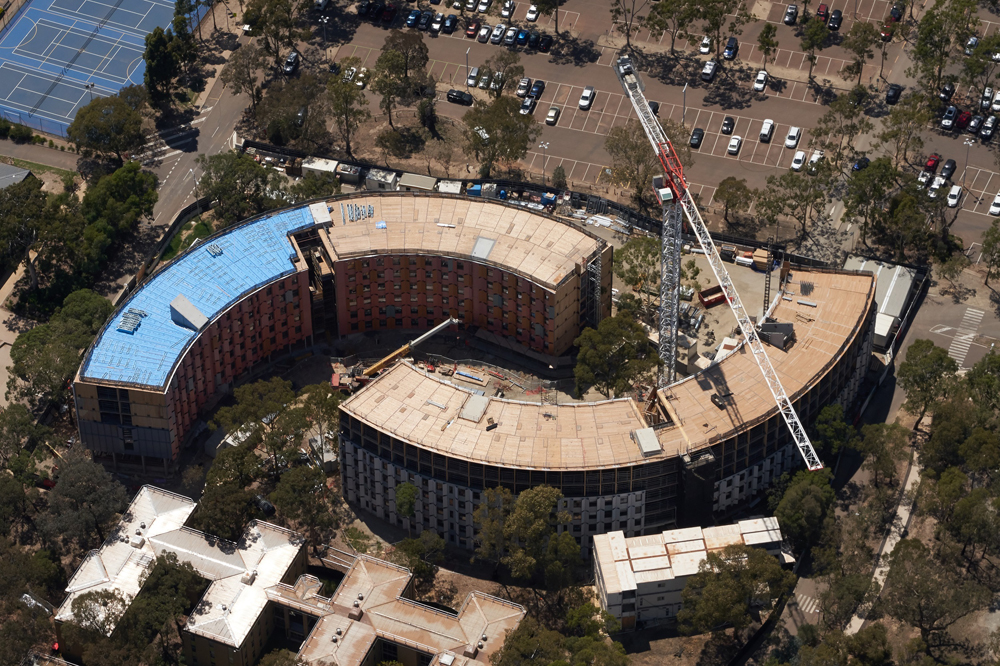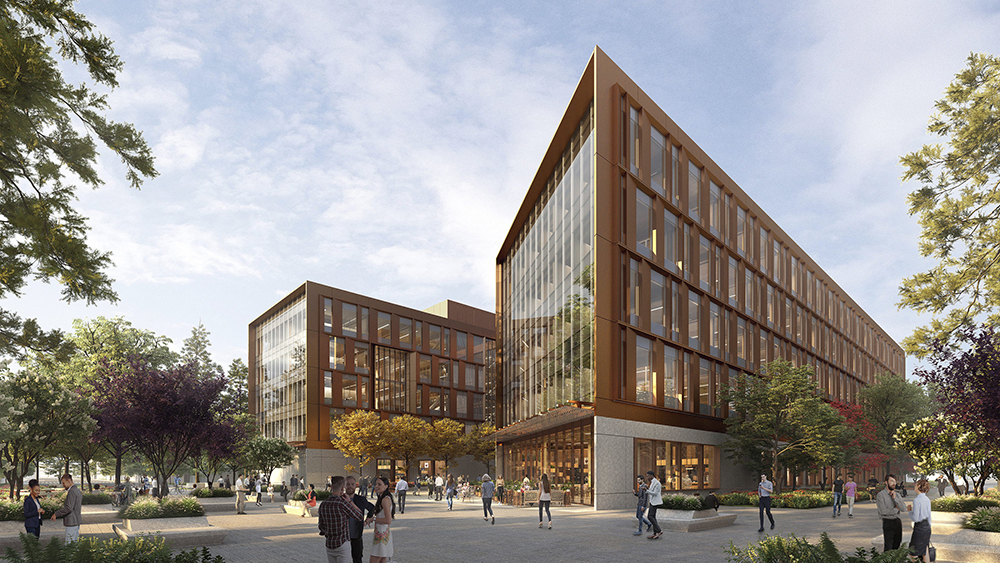
Located in Silicon Valley, the new San Mateo County headquarters will be the first net-zero-energy civic building constructed with mass timber in the U.S. Achieving an 85 per cent reduction in structural embodied carbon, this flexible workplace sets a benchmark for civic architecture.
With its structural design that uses cross-laminated timber to reduce embodied carbon, County Office Building 3 (COB3) will stand as a testament to San Mateo County’s environmental stewardship.
The design by SOM invites foot traffic from the neighbouring downtown district along tree-lined walkways and into the building’s plazas and cafe. COB3 is configured in an H-shape that allows for two generous plazas which face, respectively, toward the city’s commercial centre and toward the heart of the County Campus.
Timber wraps the lobby interior, and wood slatting continues as a motif throughout the building, echoing the exposed wood structural frame. The abundance of natural wood creates a soothing, visibly low-carbon environment. All occupants will benefit from biophilic design strategies—the use of natural materials, natural ventilation, and views of the surrounding landscape. While the floorplate maximises daylight throughout the interiors, the bridging floors, between the two wings of the building, create social collaboration hubs.
Every decision in construction detailing and structural design was motivated by the goal of diminishing the building’s carbon footprint. Leveraging craftsmanship, engineering knowledge, and insight from the firm’s research on mass timber construction, SOM lowered the volume of timber in the building, reduced the piece count, and pared down the number of steel components. While a typical mass timber structure has 65 to 75 per cent less embodied carbon than a conventional steel structure, COB3’s structural timber design lowered its structural embodied carbon by 85 per cent.
Further embodied carbon reduction was possible through the elimination of materials–such as conventional hung acoustical ceilings, which were replaced by alternative acoustical solutions–and the specification of low carbon materials. Carbon associated with construction activity was also reduced by simplifying field connections. The prefabricated timber components make the construction process faster and more precise than conventional building processes.
Strategies for net-zero energy
Targeting LEED Platinum certification, COB3 will be the one of the first net-zero energy, ultra-low-carbon civic buildings in the United States. Solar arrays on site will produce the energy needed for the building’s operations. Passive design strategies reduce the building’s energy use. The glass enclosures on the building’s north and south facades are recessed and shaded, while, on the east and west sides, a series of fins protect the windows. These measures minimise heat gain, reduce the need for artificial cooling, and optimise daylighting. Rather than diverting stormwater runoff to municipal treatment facilities, onsite bioretention planters will absorb and treat 100 percent of the site’s runoff. These solutions reduce environmental impact throughout the building’s life.








